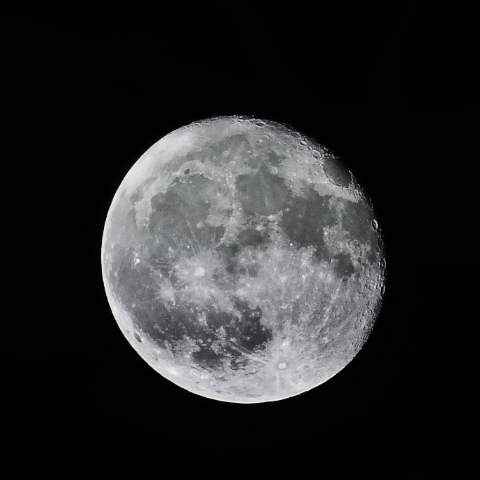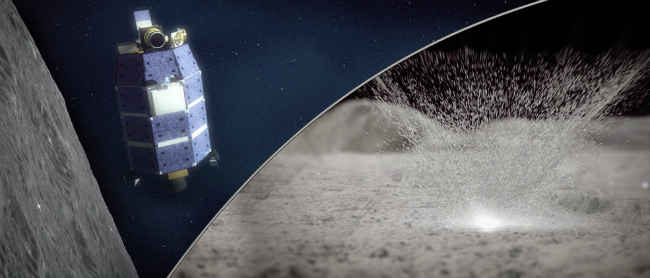NASA scientists say water vapour ejected in Moon’s atmosphere due to meteor showers

NASA researchers find water vapour is expelled on lunar atmosphere because of meteor showers.
The water vapour is released from beneath two layers of lunar soil.
The finding could help scientists better understand the history of lunar water.
Scientists and researchers have been finding new evidence that the lone satellite to our planet might not have been as dry as it currently is. In a new development, researchers from NASA and Johns Hopkins University Applied Physics Laboratory have reported that meteors striking the moon “infuse the thin lunar atmosphere with a short-lived water vapor.” In layman terms, this means that meteorites hitting the moon are ejecting water from the celestial body’s hydrated layer, which is said to lie below the lunar soil’s arid upper layer. As per NASA, models had previously predicted that something similar could release water from the moon but the proof of the same has now been observed.
NASA’s Lunar Atmosphere and Dust Environment Explorer (LADEE) spacecraft collected the data that helped scientists understand the new findings. The new discovery will enable researchers to understand the origin of lunar water, which might help to establish long term operations on the Moon and enable exploration of deep space. To release water in the lunar atmosphere, NASA says that a meteoroid had to penetrate at least 8 cms of dry lunar soil, which consists of an arid top layer and a thin transition layer, to finally breach the hydrated layer where water molecules are likely stuck to rock and soil called regolith.
“We traced most of these events to known meteoroid streams, but the really surprising part is that we also found evidence of four meteoroid streams that were previously undiscovered,” said Mehdi Benna of NASA’s Goddard Space Flight Center. LADEE identified the new metroid streams on January 8, April 2, April 5 and April 9 2014. LADEE was a robotic mission orbiting the moon for gathering detailed information regarding the structure and composition of its atmosphere. It detected water vapour using its Neutral Mass Spectrometer, which is an instrument built by Goddard.
Using the measurements taken by LADEE, researchers were able to ascertain that the hydrated layer beneath the dry upper lunar surface has 200 to 500 parts per million of water concentration. “This concentration is much drier than the driest terrestrial soil, and is consistent with earlier studies,” states NASA's media release. The amount of water concentration is so low that more than a metric ton of regolith would need to be processed to collect 16 ounces of water.
Digit NewsDesk
Digit News Desk writes news stories across a range of topics. Getting you news updates on the latest in the world of tech. View Full Profile





